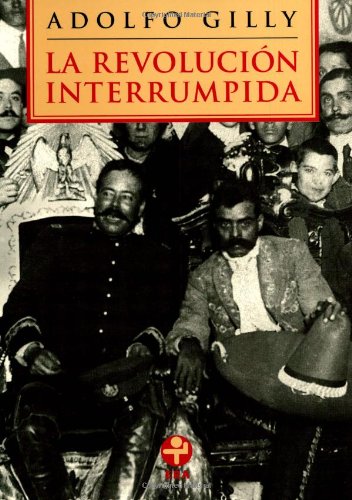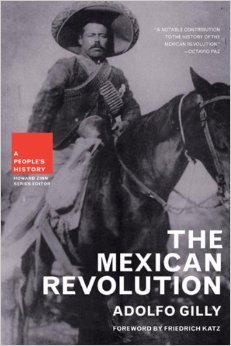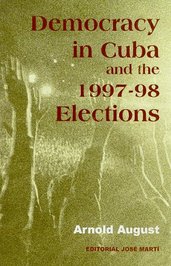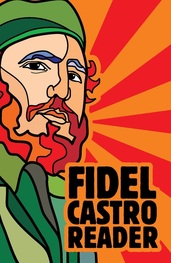The socialist project of the Democratic Republic of Vietnam registered significant gains. Agricultural production increased from 3.6 million tons in 1955 to 5.2 million tons in 1959. Illiteracy was eliminated. School enrollment increased from 540,000 in all of Indochina in 1939 to 1,522,200 in North Vietnam alone in 1959-60. University enrollment increased from 582 in Indochina in 1939 to 8,518 in North Vietnam in 1959-60. The number of hospitals in North and Central Vietnam in 1939 increased from 54 in 1939 to 138 in North Vietnam alone in 1959; village health centers, from 138 to 1,500; doctors, from 86 to 292; and nurses, from 968 to 6,020. By 1959, North Vietnam had 169,000 public health personnel working in the countryside (Ho 2007:166, 182, 184).
Speaking to the National Assembly on December 18, 1959, Ho reported that class dynamics were developing favorably. The landlord class had been dislodged from power, and the working class was expanding in size and leadership capacity. Many peasants were forming cooperatives, and the worker-peasant alliance was strengthened. Revolutionary intellectuals were contributing to socialist construction, and for the most part the national bourgeoisie accepted socialist transformation (Ho 2007:166, 183-84).
In his December 18, 1959 address, Ho reported on a draft of an amended Constitution. He noted that amendments to the Constitution were required, inasmuch as the Vietnamese Revolution was passing to a new stage. He described the one and one-half year process in the development of the Constitution. In July 1958, the first draft of the amended Constitution was presented for discussion by high- and middle-level leaders in the army, mass organizations, administrative departments, and the Party. Following changes introduced through this discussion, the draft was distributed for the entire people to discuss. For a four-month period beginning on April 1, 1959, the draft was discussed in government offices, factories, schools, and other organizations of the people, in the cities, towns, and countryside. This popular consultation led to further changes in the draft. The Committee for the Amendment of the Constitution also received many letters expressing the views of many people and organizations, including Vietnamese nationals residing abroad. The Committee was now presenting the draft of the amended Constitution to the National Assembly for consideration and approval (Ho 2007:162, 175-76).
In his report, Ho summarized the important characteristics of the draft of the amended Constitution. The amended Constitution recognizes the Vietnamese state as “a people’s democratic state based on the worker-peasant alliance and led by the working class” (quoted in Ho 2007:168). The Constitution affirms that “The Democratic Republic of Vietnam will advance step by step from people’s democracy to socialism by developing and transforming the national economy along socialist lines, transforming its backward economy into a socialist economy with modern industry and agriculture and advanced science and technology” (quoted in Ho 2007:170). Thus, the state will seek to eliminate non-socialist forms of property, characterized by individual ownership by workers and ownership of means of production by the national bourgeoisie. The state will seek to expand socialist forms of ownership, in the form of state ownership, producer’s cooperatives in agriculture and craft industry, and joint ventures with national bourgeois merchants and industrialists. The formation of cooperatives as well as joint ventures is done on a voluntary basis. The state encourages movement in this direction, but it does not mandate it (Ho 2007:170-71). The amended Constitution affirms that the organizing principle is democratic centralism, allowing for the fullest development of democratic participation, while at the same time following the principle of centralism in order to enable the leadership of the people in the construction of socialism (Ho 2007:173). Given that Vietnam is a multinational country, the Constitution recognizes autonomous regions (Ho 2007:169). The amended Constitution affirms citizens’ rights to work, study, freedom of opinion, freedom of religious belief, and gender equality (Ho 2007:173-74).
Prina describes the Vietnamese conception of socialism as one that gives emphasis to the formation of a new person through education and ideological work, which is done by members of the party, who by their example cultivate revolutionary virtues. Through this process, the peasants can come to understand the advantages of cooperative work over individual work and the importance of industry for the nation as a whole. The formation of the new person is attained without authoritarianism and through educational and ideological work. It is central to socialist transformation, because the human being is the foundation of socialist reconstruction. The formation of the new person also includes a transformation of the daily life in the villages, so that customs of gender oppression can be eliminated and a society characterized by the equality of men and women can be developed (Prina 2008:70-78).
In the development of the socialist project of the Democratic Republic of Vietnam, we can observe the important components of socialism: the development of new constitutions through a process of active popular participation; the development of structures of popular political participation, involving local citizens councils that elect delegates to provincial and national assemblies, which are alternatives to bourgeois representative democracy; agrarian reform, taking land from an agricultural capitalist class that, acting in alliance with the core bourgeoisie, orients production toward a peripheral role in the world economy; the development of state ownership, cooperatives, and joint ventures, while at the same time leaving space for small-scale private ownership or even large-scale private ownership that is consistent with a national development plan; decisive state action to protect the social and economic rights of the people in such areas as education and health care; the development of a new person that understands and is committed to the revolutionary and socialist transformation; the protection of the rights of ethnic minorities; and the promotion of gender equality. And we can see that socialism is a process that unfolds step-by-step, with each step taken insofar as national and international political conditions permit. As we observe the various popular revolutions of the twentieth and twenty-first centuries, we find that these characteristics, in varying degrees and in one form or another, are present.
References
Duiker, William J. 2000. Ho Chi Minh. New York: Hyperion.
Ho Chi Minh. 2007. Down with Colonialism. Introduction by Walden Bello. London: Verso.
Prina, Agustín. 2008. La Guerra de Vietnam. Mexico: Ocean Sur.
Key words: Third World, revolution, colonialism, neocolonialism, imperialism, democracy, national liberation, sovereignty, self-determination, socialism, Marxism, Leninism, Cuba, Latin America, world-system, world-economy, development, underdevelopment, colonial, neocolonial, blog Third World perspective, Vietnam, Ho Chi Minh, Democratic Republic of Vietnam, North Vietnam

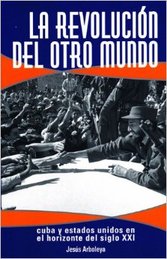
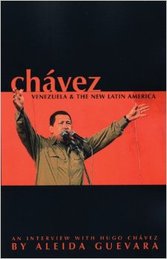
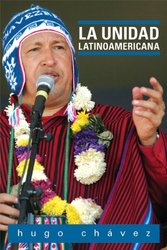


 RSS Feed
RSS Feed
